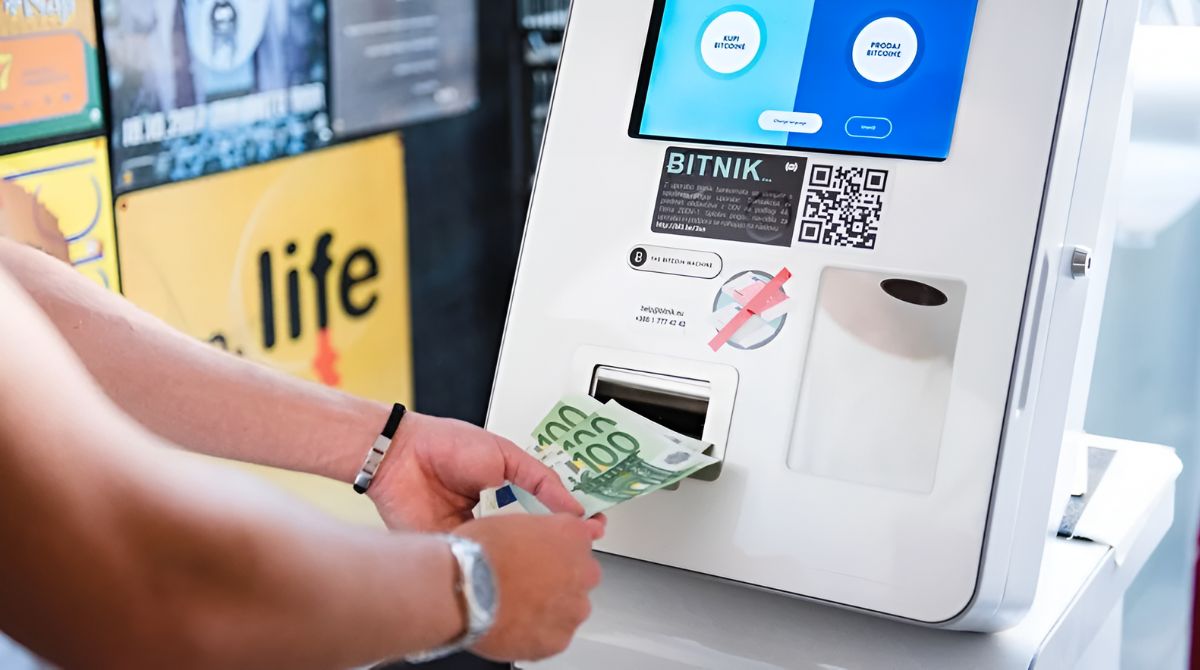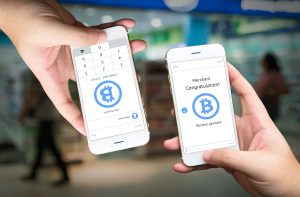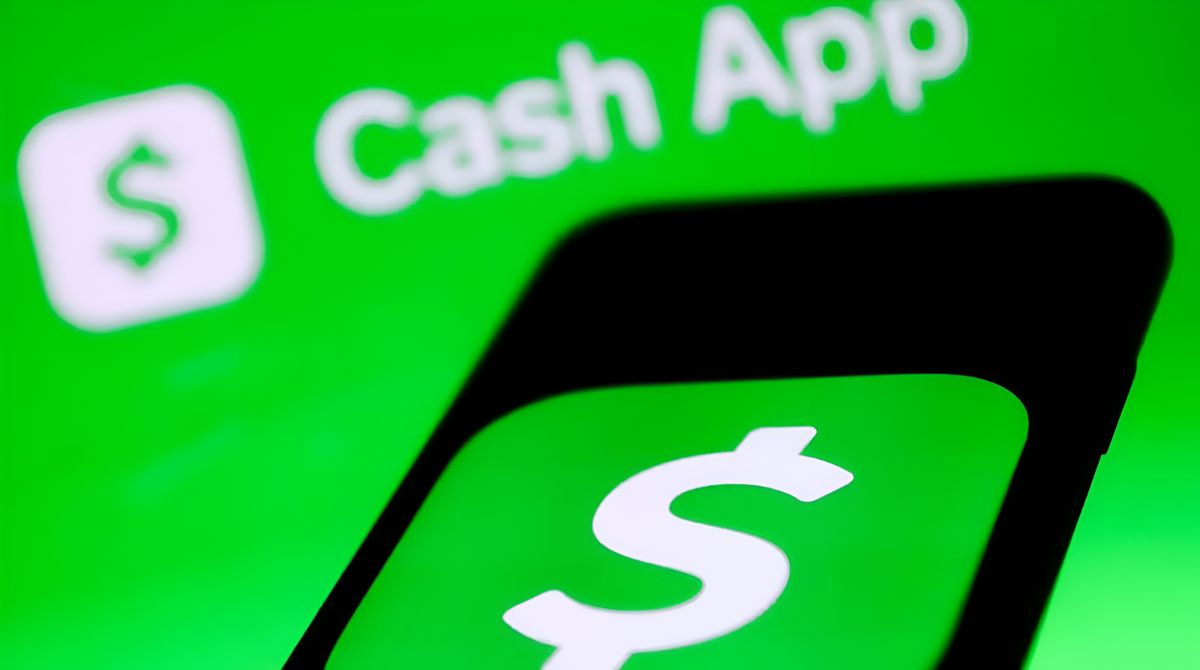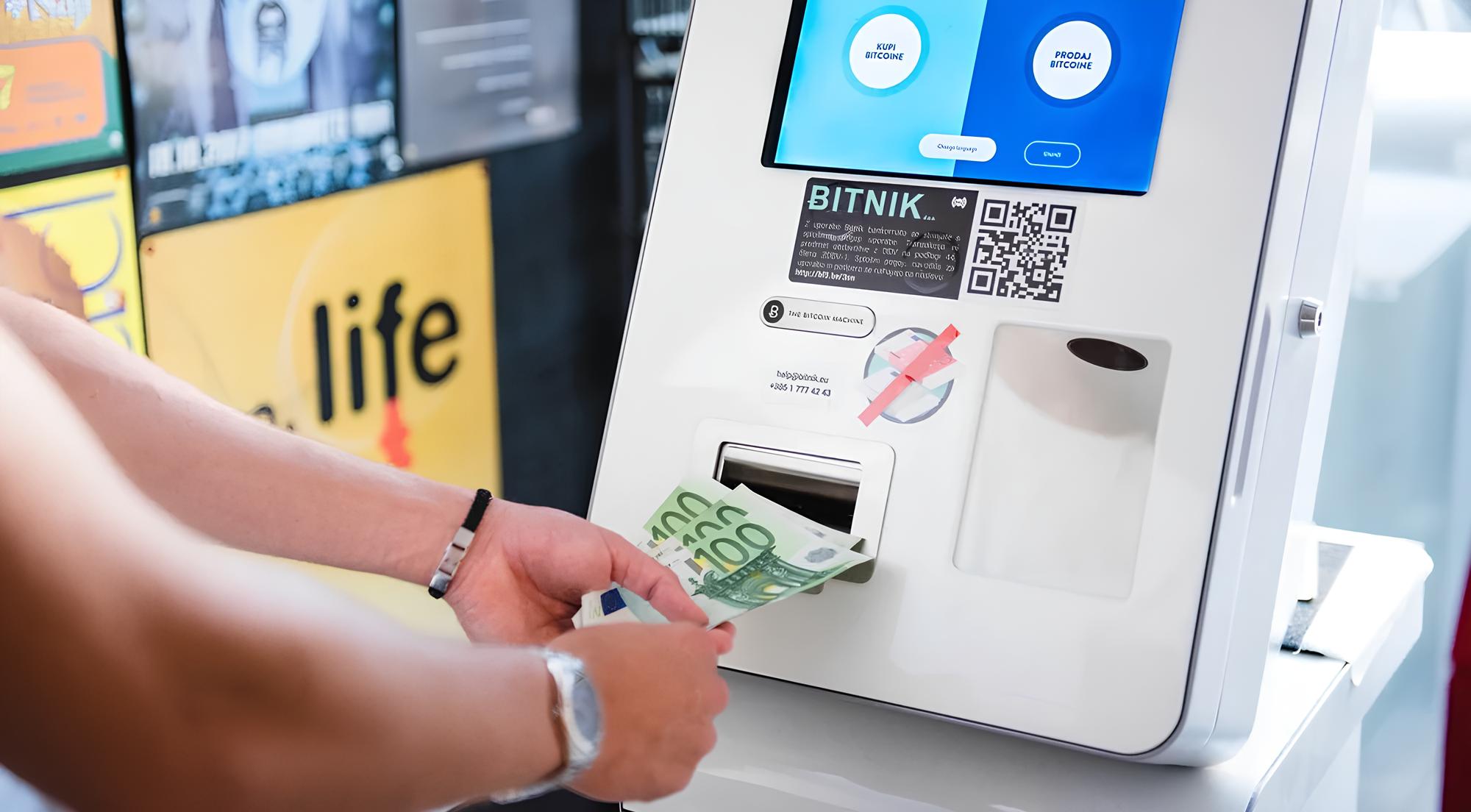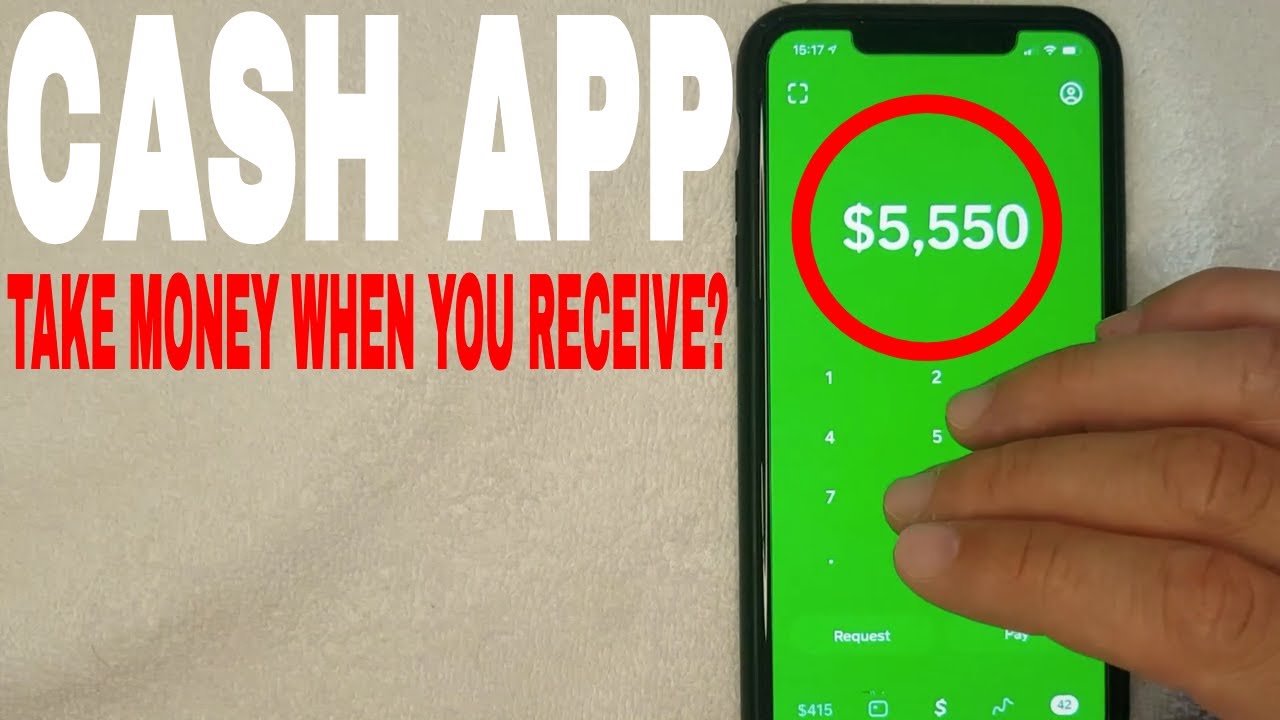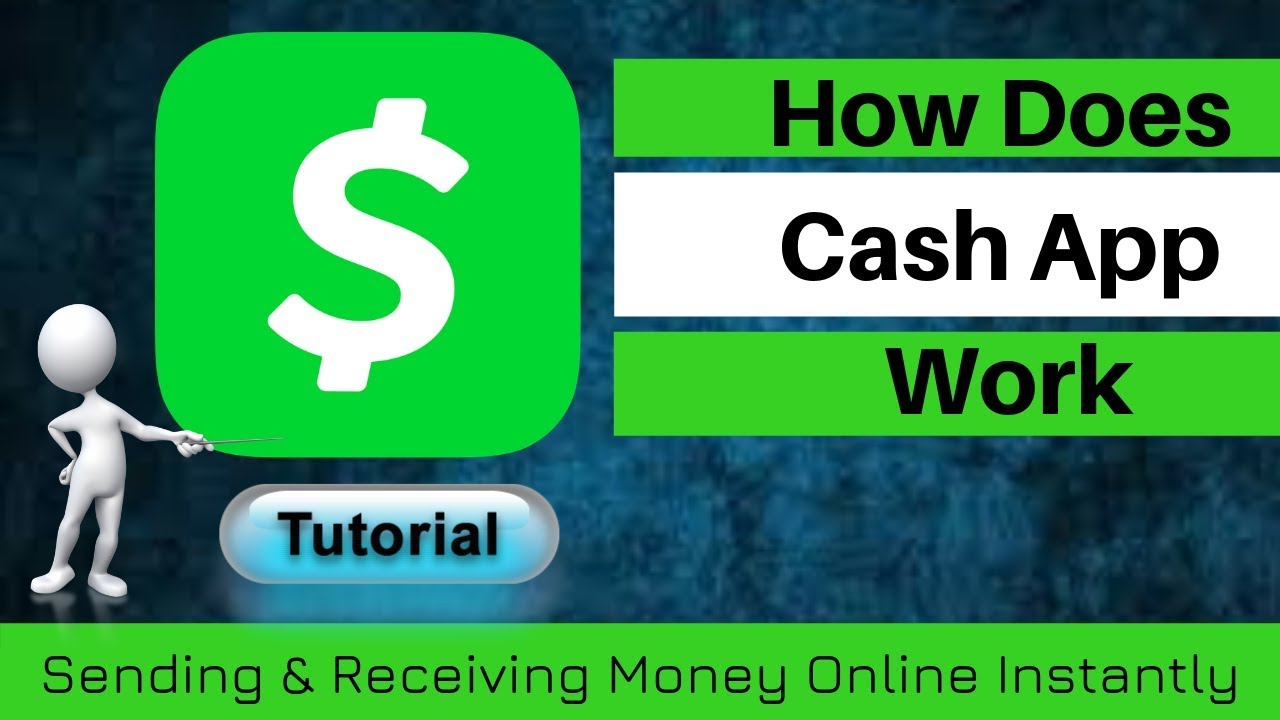Introduction
Welcome to the world of Bitcoin, the revolutionary digital currency that has taken the financial world by storm. If you’re looking for a convenient and secure method to send money, Bitcoin might just be the perfect solution for you. This article will guide you through the process of sending money with Bitcoin, from understanding what Bitcoin is, setting up a Bitcoin wallet, obtaining Bitcoin, and the fees and security considerations involved.
Bitcoin is a decentralized digital currency that operates on a peer-to-peer network. It was created in 2009 by an anonymous person or group of people using the pseudonym Satoshi Nakamoto. Unlike traditional currencies, which are issued and regulated by central banks, Bitcoin is based on blockchain technology, making it secure, transparent, and immune to government interference.
Before you can start sending money with Bitcoin, you need to set up a Bitcoin wallet. A wallet is essentially a digital wallet that allows you to store, send, and receive Bitcoin. There are different types of wallets available, such as online wallets, hardware wallets, and software wallets. It’s important to choose a reliable and secure wallet that suits your needs.
Once you have a Bitcoin wallet, you need to obtain Bitcoin. There are various ways to acquire Bitcoin, including purchasing it from online exchanges, receiving it as payment for goods or services, or even mining it by solving complex mathematical equations. You can choose the method that best fits your preferences and requirements.
When it comes to sending money with Bitcoin, there are a few considerations to keep in mind. Firstly, Bitcoin transactions may involve transaction fees, which vary depending on the network congestion and the size of the transaction. These fees are used to incentivize miners to verify and include the transaction in the blockchain.
Secondly, security is of utmost importance when dealing with Bitcoin. As a decentralized currency, Bitcoin puts the responsibility of protecting your funds in your own hands. It’s crucial to use strong passwords, enable two-factor authentication, and regularly backup your wallet to prevent any unauthorized access or loss of funds.
In the following sections, we will outline the step-by-step process of sending money with Bitcoin, ensuring a smooth and hassle-free experience. Whether you’re sending money to friends or family, making online purchases, or conducting business transactions, Bitcoin offers a fast, secure, and cost-effective way to transfer funds. Let’s delve into the details and get you started on your Bitcoin journey!
What is Bitcoin?
Bitcoin is a decentralized digital currency that operates on a peer-to-peer network. It was created in 2009 by an anonymous person or group of people using the pseudonym Satoshi Nakamoto. Unlike traditional currencies, which are issued and regulated by central banks, Bitcoin is based on blockchain technology, making it secure, transparent, and immune to government interference.
At its core, Bitcoin is a digital form of money that can be used for online transactions. However, what sets it apart from conventional currencies is the absence of a central authority governing its circulation. Instead, transactions are verified and recorded by a network of computers called miners, who use their computing power to solve complex mathematical problems and add the transactions to a public ledger known as the blockchain.
The blockchain is a decentralized and immutable ledger that ensures the transparency and integrity of every Bitcoin transaction. This means that all transactions are publicly visible, allowing anyone to trace the flow of funds. However, the identities of the parties involved in the transactions remain pseudonymous, as they are represented by unique digital addresses.
One of the key features of Bitcoin is its limited supply. There will only ever be 21 million bitcoins in existence, which makes it a finite and deflationary currency. This scarcity has contributed to its value appreciation over time, making it a popular investment asset class.
Bitcoin can be used for various purposes, including online purchases, remittances, donations, and even as an alternative form of investment. Its decentralized nature and low transaction fees allow individuals to bypass intermediaries and conduct direct peer-to-peer transactions, eliminating the need for traditional financial institutions.
Bitcoin has gained significant traction and acceptance over the years, with numerous businesses and organizations starting to embrace it as a payment method. Major companies like Microsoft, Overstock, and PayPal have integrated Bitcoin into their payment systems, further fueling its adoption.
However, it’s important to note that while Bitcoin offers several advantages, it also comes with risks. The price of Bitcoin is highly volatile, which means its value can fluctuate dramatically within short periods. Additionally, as a digital currency, Bitcoin is vulnerable to hacking and fraud attempts. Therefore, it’s crucial to take necessary security measures, such as using secure wallets and practicing good online hygiene, to protect your Bitcoin holdings.
In the next section, we will discuss the process of setting up a Bitcoin wallet, which is the first step towards sending money with Bitcoin and delving deeper into the world of digital currency.
Setting up a Bitcoin Wallet
In order to send, receive, and store Bitcoin, you will need to set up a Bitcoin wallet. A wallet is a digital container that securely holds your Bitcoin and allows you to manage your transactions.
There are various types of Bitcoin wallets available, each with its own features and security levels. Let’s explore the different types:
- Software Wallets: These wallets are applications that you install on your computer or smartphone. They provide convenient access to your Bitcoin and are generally user-friendly. Examples of popular software wallets include Electrum, Exodus, and Mycelium.
- Hardware Wallets: These wallets are physical devices that store your Bitcoin offline, offering the highest level of security. Hardware wallets, such as Trezor and Ledger, keep your private keys offline and away from potential online threats.
- Online Wallets: Online wallets are web-based platforms that allow you to access your Bitcoin from any device with an internet connection. While they offer convenience, online wallets are more susceptible to hacking attacks. Some well-known online wallets include Blockchain.info and Coinbase.
- Paper Wallets: Paper wallets are physical copies of your Bitcoin keys, printed on paper. They provide an offline storage option, making them immune to cyber threats. Paper wallets are created using specialized websites or software and should be kept in a secure location.
When choosing a wallet, consider factors such as security, ease of use, and compatibility with your devices. It’s important to choose a reputable wallet provider and ensure that you have control over your private keys.
Once you have selected a wallet, the next step is to create your wallet by following the provider’s instructions. This typically involves choosing a strong password and securing your wallet with two-factor authentication if available. It’s crucial to keep your wallet’s recovery phrase or seed secure, as it can be used to restore access to your wallet in case of loss or theft.
Remember to regularly update your wallet software to ensure you have the latest security features and bug fixes. Additionally, make sure to back up your wallet and keep multiple copies in separate secure locations.
Setting up a Bitcoin wallet is an essential first step towards entering the world of digital currency. With your wallet ready, you are now prepared to obtain Bitcoin, which we will explore in the next section.
Obtaining Bitcoin
Now that you have set up your Bitcoin wallet, the next step is to obtain Bitcoin. There are several methods available for acquiring Bitcoin, depending on your preferences and requirements.
One of the most common ways to obtain Bitcoin is by purchasing it from a cryptocurrency exchange. These exchanges allow you to trade your local currency, such as USD or EUR, for Bitcoin at the current market price. Some popular exchanges include Coinbase, Binance, and Kraken. When choosing an exchange, consider factors such as reputation, security measures, and transaction fees.
Another option is to receive Bitcoin as payment for goods or services. If you are a business owner or freelancer, you can offer your customers the option to pay with Bitcoin. This can be done by providing a digital wallet address or integrating a payment processor that accepts Bitcoin.
Mining is another way to obtain Bitcoin, although it requires significant computational resources and technical knowledge. Miners contribute their computing power to secure the Bitcoin network and validate transactions. In return for their efforts, miners are rewarded with newly minted Bitcoin.
If mining is not an option for you, you can also participate in Bitcoin faucets or airdrops. Faucets are websites or apps that distribute small amounts of Bitcoin to users in exchange for completing simple tasks or viewing advertisements. Airdrops, on the other hand, are when new cryptocurrencies are distributed for free to existing Bitcoin holders.
It’s worth noting that Bitcoin can be divided into smaller units called satoshis. One Bitcoin is equal to 100 million satoshis, allowing for precision and flexibility in transactions.
Regardless of the method you choose to obtain Bitcoin, it’s important to exercise caution and conduct thorough research. Be wary of potential scams or fraudulent platforms, and always double-check the legitimacy and security measures of any service before investing your time or money.
By acquiring Bitcoin, you have taken another important step towards sending money with this revolutionary digital currency. Now that you have Bitcoin in your wallet, it’s time to understand the fees and security considerations involved, which we will explore in the next section.
Fees and Security Considerations
When it comes to sending money with Bitcoin, it’s essential to understand the fees and security considerations associated with the cryptocurrency.
Firstly, let’s discuss transaction fees. Bitcoin transactions may incur fees, which vary depending on the network congestion and the size of the transaction. These fees are used to incentivize miners to verify and include the transaction in the blockchain. The higher the fee you attach to your transaction, the more likely it will be included in the next block. It’s important to note that transaction fees are not fixed and can fluctuate based on market conditions.
To determine the appropriate fee for your transaction, you can refer to Bitcoin fee estimation tools provided by wallets or exchanges. These tools analyze the current network conditions and recommend a suitable fee to ensure timely confirmation of your transaction. It’s worth considering that higher fees might result in faster confirmations, while lower fees could lead to longer transaction times.
Next, let’s address the security considerations when dealing with Bitcoin. As a decentralized digital currency, Bitcoin empowers individuals to have full control over their funds. However, this also means that the responsibility for protecting your Bitcoin lies solely with you.
One essential aspect of Bitcoin security is the usage of strong passwords. Ensure that you use a long, unique, and complex password for your Bitcoin wallet. It is recommended to mix uppercase and lowercase letters, numbers, and symbols to make your password more secure.
Additionally, enabling two-factor authentication (2FA) adds an extra layer of security to your wallet. With 2FA, you will need to provide a second form of verification, such as a code generated by a authentication app or sent via SMS, in addition to your password, to access your wallet.
Regularly backing up your wallet is crucial as well. This can be done by saving a copy of your wallet’s private keys or recovery phrase in a safe and offline location. In the unfortunate event of a lost or stolen wallet, the backup will allow you to retrieve your funds.
Moreover, it’s essential to stay vigilant against phishing attempts and malicious software. Be cautious of suspicious emails, links, or attachments that might lead to fraudulent websites or compromise your wallet security. Only download wallets or software from trusted sources and keep them updated with the latest security patches to protect against potential vulnerabilities.
Remember, the decentralized nature of Bitcoin eliminates the need for intermediaries like banks, but it also means that you are solely responsible for the security of your funds. By following security best practices, you can minimize the risks associated with Bitcoin and ensure the safety of your digital assets.
Now that we have covered the fees and security considerations, let’s delve into the step-by-step process of sending money with Bitcoin in the next section.
Sending Bitcoin
Now that you have a Bitcoin wallet and understand the fees and security considerations, let’s explore the process of sending Bitcoin to someone else. Whether you want to pay for goods or services, send money to friends or family, or make an online donation, sending Bitcoin is a straightforward and secure process.
Before sending Bitcoin, you need to ensure that you have sufficient funds in your wallet. The amount you can send depends on the balance of Bitcoin available in your wallet and any applicable transaction fees.
To initiate a Bitcoin transaction, you will need the recipient’s Bitcoin address. This address is a unique string of characters that identifies the destination wallet. It can be as simple as scanning a QR code or copying and pasting the address provided by the recipient.
Most Bitcoin wallets have a “Send” or “Send Bitcoin” button that you can click to start the transaction process. Once clicked, you will be prompted to enter the recipient’s Bitcoin address and the amount you want to send. Some wallets also allow you to select the desired transaction fee or choose from recommended fee options.
After confirming the transaction details, carefully review them to ensure accuracy. Verify the recipient’s address and double-check the amount you are sending. Bitcoin transactions are irreversible, so it’s crucial to be meticulous before hitting the “Send” button.
Once you are satisfied with the transaction details, you can finalize the transaction. The Bitcoin network will then broadcast and propagate your transaction to the network of miners for verification and inclusion in a block.
The transaction confirmation time can vary depending on the network congestion and the fee you attached to your transaction. It’s generally recommended to include a sufficient transaction fee to ensure timely confirmation. You may track the progress of your transaction using a blockchain explorer, which allows you to view the status and details of any transaction on the Bitcoin network.
Once the transaction is confirmed and included in the blockchain, the recipient will be able to see the incoming transaction in their wallet. The Bitcoin will be available for them to use or store as they desire.
It’s important to note that Bitcoin transactions are irreversible. Therefore, it’s crucial to verify the accuracy of the recipient’s address before sending any funds. Once a transaction is confirmed, it cannot be canceled or reversed.
Now that you understand the process of sending Bitcoin, you are equipped with the knowledge to utilize this innovative digital currency for your financial transactions. In the next section, we will provide a step-by-step guide on how to send money with Bitcoin to ensure a seamless experience.
Steps to Send Money with Bitcoin
Sending money with Bitcoin involves a series of straightforward steps. By following these steps, you can securely and efficiently transfer funds to anyone with a Bitcoin wallet. Let’s dive into the process:
- Ensure you have a Bitcoin wallet: Before sending Bitcoin, make sure you have a Bitcoin wallet set up and funded with the desired amount of Bitcoin.
- Obtain the recipient’s Bitcoin address: Get the recipient’s Bitcoin address, which is a unique string of characters that identifies their wallet. This address can be provided by the recipient via text, email, or a QR code.
- Open your Bitcoin wallet: Launch your Bitcoin wallet application or access your wallet through your chosen platform (e.g., web-based wallet, software wallet, or hardware wallet).
- Initiate the transaction: Look for the “Send” or “Send Bitcoin” button within your wallet interface. Click on it to start the transaction process.
- Enter the recipient’s address and amount: Input the recipient’s Bitcoin address into the designated field within your wallet. Ensure the address is accurate and double-check for any errors. Next, enter the amount of Bitcoin you wish to send.
- Review the transaction details: Take a moment to review the transaction details carefully. Verify the recipient’s address, the amount, and any transaction fees that may be applied.
- Confirm the transaction: Once you have reviewed and confirmed all the transaction details, proceed to finalize the transaction by clicking the “Send” or “Confirm” button. Depending on your wallet, you may be asked to enter your password or provide additional authentication.
- Monitor the transaction progress: After confirming the transaction, you can monitor its progress using a blockchain explorer, which allows you to track the status and details of the transaction on the Bitcoin network.
- Notify the recipient: Once the transaction is confirmed and added to the blockchain, the recipient will see the incoming Bitcoin in their wallet. You may choose to notify the recipient directly or rely on the blockchain explorer to confirm the transaction.
It’s important to remember that Bitcoin transactions are irreversible. Therefore, it’s crucial to ensure the accuracy of the recipient’s address and the transaction details before finalizing the transaction.
By following these steps, you can confidently send money with Bitcoin, experiencing the speed, security, and convenience that this digital currency offers.
In the following section, we will provide a recap of the key points discussed in this article and offer some final thoughts on sending money with Bitcoin.
Conclusion
Bitcoin has revolutionized the way we send and store money, offering a decentralized and secure alternative to traditional financial systems. In this article, we explored the process of sending money with Bitcoin, from understanding what Bitcoin is and setting up a Bitcoin wallet to obtaining Bitcoin, considering fees and security, and sending Bitcoin to recipients.
We delved into the world of Bitcoin, discovering its decentralized nature, limited supply, and increasing acceptance by businesses worldwide. It’s important to note that Bitcoin, while offering numerous advantages, also comes with risks such as price volatility and security considerations.
To send money with Bitcoin, we highlighted the importance of setting up a Bitcoin wallet, choosing one that suits your needs and offers robust security features. We explored various methods of obtaining Bitcoin, such as purchasing it from exchanges, receiving it as payment, or mining it.
Fees and security considerations were discussed thoroughly, emphasizing the need to be aware of transaction fees and implement strong security practices to safeguard your Bitcoin holdings. By following best practices like using strong passwords, enabling two-factor authentication, and regularly backing up your wallet, you can enhance the security of your funds.
We then delved into the step-by-step process of sending money with Bitcoin, including obtaining the recipient’s Bitcoin address, initiating the transaction through your wallet, reviewing the details, and confirming the transaction. It’s important to double-check all transaction information, as Bitcoin transactions are irreversible.
Sending money with Bitcoin offers advantages such as speed, lower transaction fees, and greater control over your funds. However, it’s crucial to approach Bitcoin transactions with due diligence, staying informed about the latest security practices and market trends.
In conclusion, Bitcoin provides a seamless and secure method for sending money, offering a borderless and decentralized financial system. By understanding the key principles and following the necessary steps, you can confidently navigate the world of Bitcoin and harness its benefits for your financial transactions.
Now that you possess the knowledge and guidance provided in this article, you are ready to embark on your Bitcoin journey. Whether it’s sending money to loved ones, making online purchases, or conducting business transactions, Bitcoin offers a convenient and efficient means to transfer funds in the digital age.







